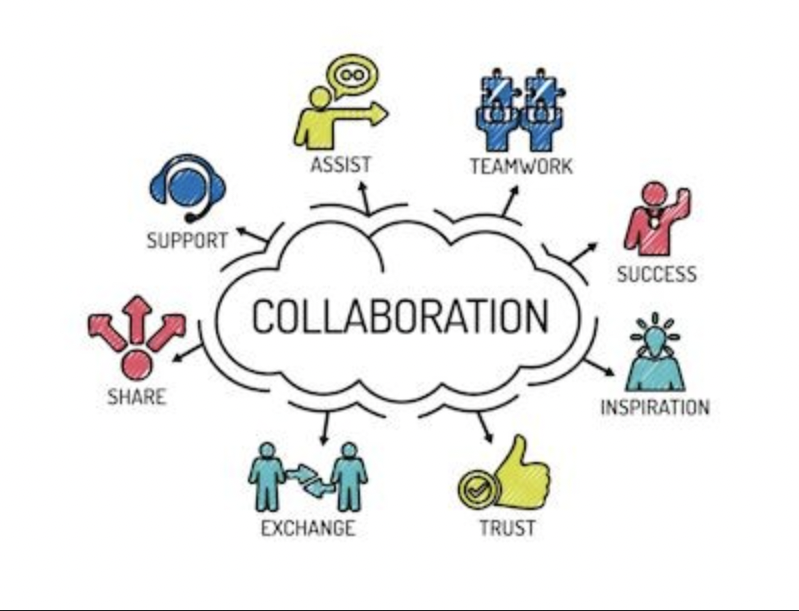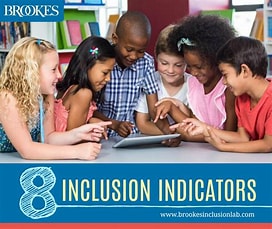My Ellis Island Virtual Field Trip Experience
The online virtual fieldtrip for Ellis Island was very fascinating. In the beginning on the website It provided a summary of the first passage and the arrival on Ellis Island. There was photos and audio and video that really immersed the audience and really transported us to that time. The summaries were very detailed and informative, giving us the idea of how people were processed and what emotions they were feeling. And you can really see it in the photographs and here it in there voices. Along the side of the screen you are presented with extra facts that you may not have been ware of that actually draw interest.

The actual virtual tour video was about 30 minutes and It was very informative and interesting and It kept your attention very well. Billie Dimichele was a fantastic tour guide and host. The footage along with Dimichele’s comentary was facsinating. National park service members were interviewed and given questions submitted by actual students. They discussed the rich history and importance of Ellis Island itself. It’s great to learn about such an important piece of American history preserved and taught about by the service members

Microsoft’s Presenter Coach
When reading “Sail The Seven C’s With Microsoft Education,” I found out about the tool known as Presenter Coach. It is essentially exactly what it sounds like Microsoft’s version of a way to practice your design and presentations. It’s a way to innovate, practice, and hone skills in order to give a clear, in-depth, and interactive presentation.

I especially liked how detailed It can be. It catches filler words like “umm” or “basically” and other fillers. It keeps track of the length of the presentation as well. It helps to prevent the speaker from rushing through the presentation or speaking off-topic. It allows you to rehearse and practice presenting while giving you overall in-depth summaries of your presentation. It allows you to rehearse after receiving a report that gives you all of the previously mentioned information in an accurate and organized way.
Overall This can be a handy tool for teachers and especially students still learning public speaking and presentation design. It allows them to practice, build confidence, and learn.
Podcast: Play in new window | Download
Educational Technology International Baccalaureate
By Kevin Fazio
The International Baccalaureate is an international educational tool that can be used for ages 3-19 split into four programs for different age groups. This site provides the tools for students to build a strong academic foundation and develop necessary academic and life skills. These programs help students connect what they see and learn in the classroom to what they see and learn outside the classroom. It also helps to prepare them for their futures and their different career paths. Because of the 4 different programs, this tool is designed to help students at all other points of their learning journeys, from the early years of building a foundation to the later years of learning the proper skills to succeed in college or future careers.

I was specifically interested in the middle years program and the diploma program as these seem to be the most crucial and also closer together in the grand scheme of age and learning. The middle years program is all about helping the students become confident in their ability to manage their learning processes as well as working together with their classmates and teachers along the way. While also finding connections between their work and ideas in the classroom and their experiences and life outside it. The diploma program being a step up helps to build and foster that interest in learning while preparing students to move forward in their careers and lives. So building a foundation and finding connections in and out of the class relates directly to finding that interest in learning and getting prepared for careers and purpose in life. It all blends to create a very enriching and important experience for your mind. And that’s why I find these two programs work well together with the others to create a very useful and productive tool for education.
Podcast: Play in new window | Download
Global Collaboration In Education
In today’s era of technology and advancements collaboration in the field of education has become very popular and very important. It allows for schools, teachers, and students to work to together and communicate to enhance the learning experience. Schools can plan joint events, teachers can share ideas and strategies or even plan joint classes. Schools all over can even work towards global goals like climate change with joint initiatives. And this can greatly benefit students by giving them the tools and knowledge to take on real world problems.

This type of collaboration can be costly as well as time consuming. And based on location educators and schools may function very differently, but with the right amount of communication and planning these barriers can be overcome over time. Teachers can share what they do differently, what works and what doesn’t. Money can be raised over time, and it will benefit the students in the end. Overall Global collaboration greatly influences the students giving them more understanding and preparation for the real world. It’s very important that current and future educators take advantage of social media and other online tools to collaborate and inspire each other for our future students.
Inclusive Learning
In the Edtech book “Inclusive Learning 365: Edtech Strategies For Every Day Of The Year” there are multiple strategies used to implement inclusivity in the classroom for all times of the year. Some of the strategies and suggestions caught my eye right away. The whole idea of inclusivity is often overlooked or not thought about in depth. The way we teach as well as the physical setting of the classroom can be changed to be inclusive and more accessible for all students. Changing the lighting or adding different heighted seating options as well as having a more open space for those who can’t be in confined spaces are a few different ways to do so. Audible and visible aids in lessons are also important. All in all reading the different strategies for inclusion was very informative and interesting. It helped to deepen my understanding of inclusive


